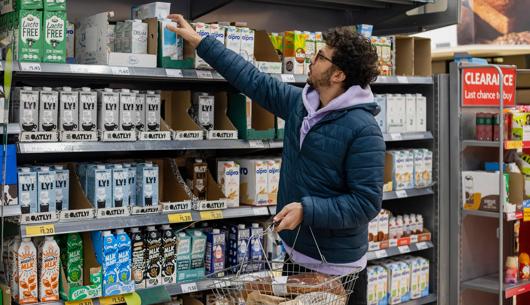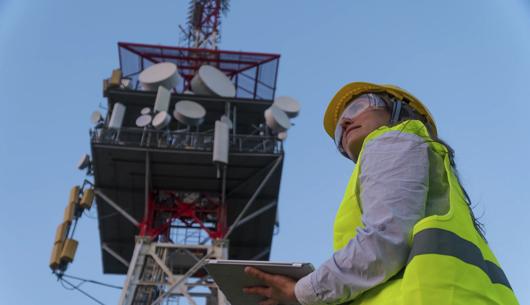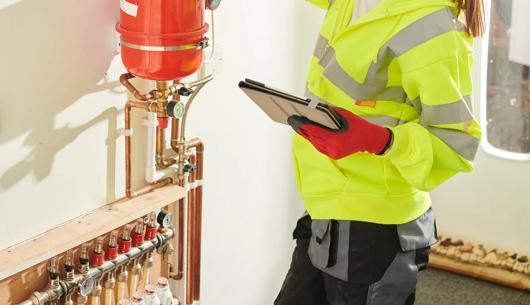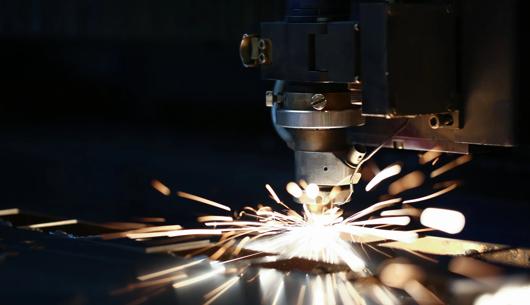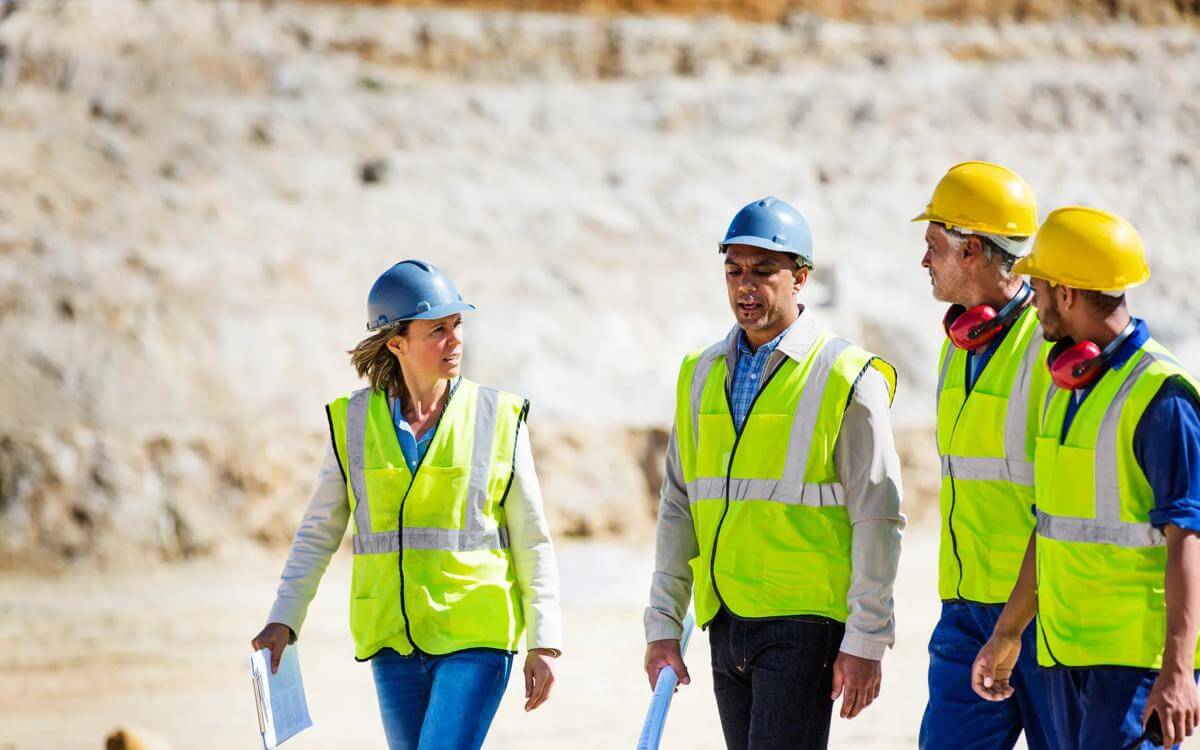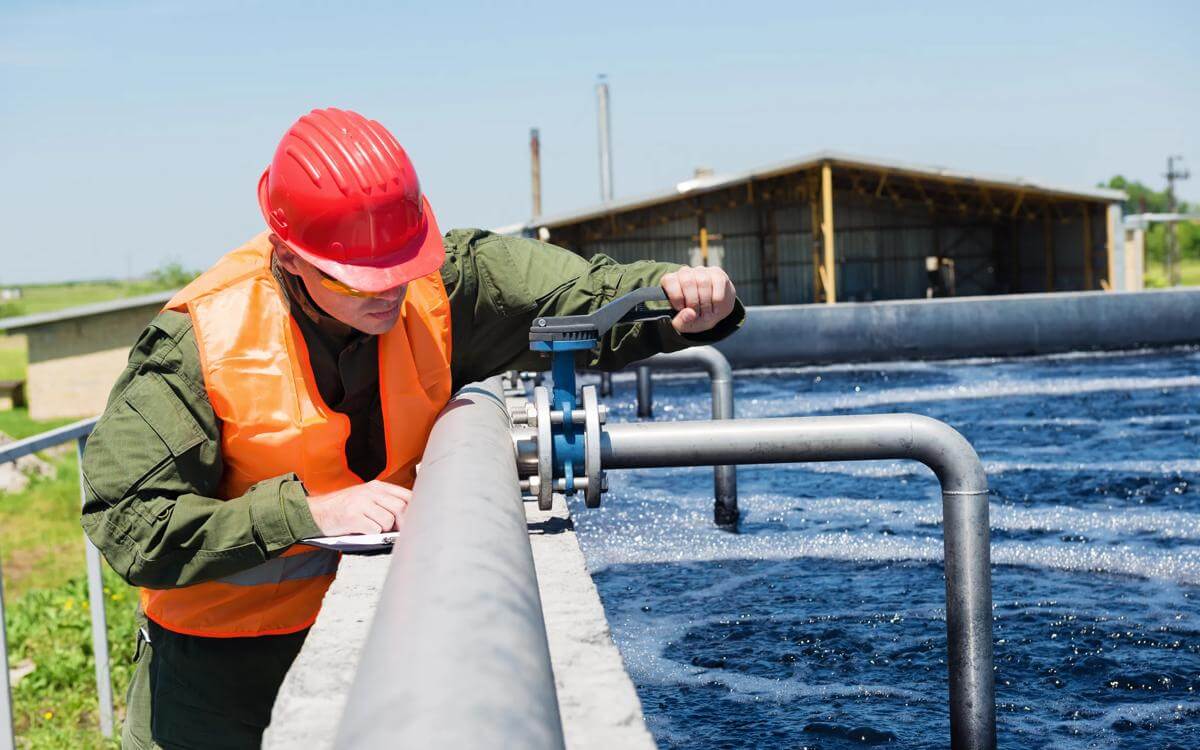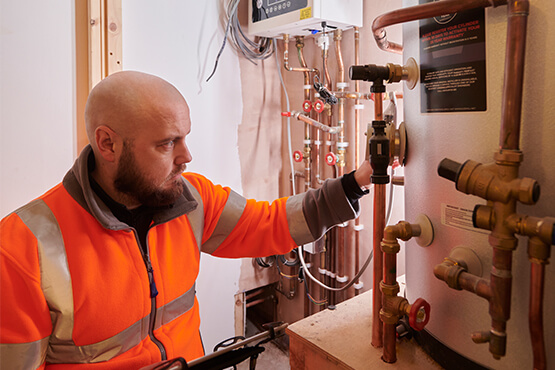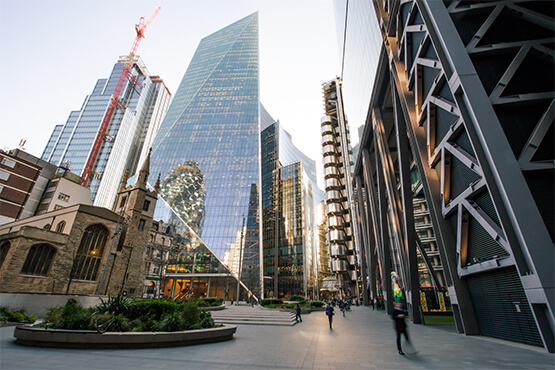380+ C-suite leaders from £100m+ businesses across the manufacturing, real estate and construction, retail and supply chain, technology, and energy and infrastructure sectors share their optimistic outlook for M&A inward investment deals in the coming year.
The construction sector faces a number of issues which have been further impacted in recent months by the introduction of tariffs by the US government.
A UK-US trade deal has now been agreed which we hope will bring back some stability in the sector. Digital transformation, the drive to carbon neutrality, and utilising the advances in property technology continue to be priorities.
According to the Insolvency Service, the construction industry experienced the highest number of insolvencies in the 12 months to January 2025, making up 17% of all industry cases. Persistent supply chain disruptions, rising interest rates, and escalating material costs are clear risks.
We asked C-suite executives how these challenges were shaping inward investment in their sector through mergers and acquisitions (M&A), and what opportunities they saw emerging. While those views were captured before the recent tariff upheaval, many of the themes identified—from innovation to supply chain resilience—remain highly relevant. Despite the changing economic context, the underlying drivers of investment in the sector are worth paying attention to.
The picture that developed was one of cautious optimism and of a sector that understands the need for consolidation, with strategic acquisitions and mergers becoming an essential consideration for firms seeking to preserve market share, stabilise operations, and strengthen financial resilience.
A majority (65%) of construction respondents anticipated more inbound M&A activity over the next 12 months. Respondents highlighted continual efforts to improve logistics, warehousing, and data centre construction reflecting the continued growth of e-commerce and the demand for digital infrastructure in the wake of the artificial intelligence (AI) boom—all of which persist in a post-tariff environment.
Key drivers of investment
Favourable market conditions were cited by 24% of respondents as the biggest driver for investment, which is interesting given the market conditions are arguably even less favourable at the time of writing this due to tariffs from the US. However, it could also draw attention to opportunities linked to housing shortages and urban regeneration projects.
Additionally, 20% see technological innovation as the most important factor. This number is perhaps lower than expected, and may reflect the construction sector's pragmatism: while there's growing interest in areas like proptech and sustainable design, many firms are still dealing with high costs, skills shortages, and supply chain issues.
Government influence
Certainly, the new UK Government has had a lot to say about real estate and construction in recent months. Announcements from Deputy Prime Minister Angela Rayner and Chancellor Rachel Reeves have come fast, from promising £2bn of new investment in social and affordable housebuilding to announcing plans to train up to 60,000 more skilled construction workers.
Responses to the new UK Government were mixed—while 49% of respondents believe the new government coming into power has increased confidence levels within UK and international companies, 22% believe it has decreased confidence and 29% do not think the new government has had any impact on confidence at all.
Our respondents had broadly similar feelings on the role of government incentives in shaping inbound investment patterns, too—47% expected them to have a role while 53% expected the role to be limited or minimal.
Private equity and UK regional development
The role of private equity (PE) is of increasing importance. Close to a quarter (24%) of respondents see the role of PE as significant, with PE firms becoming more active in the sector. This is likely driven by the sector's focus on logistics and warehousing.
The majority of investment in this sector is expected outside London, with 47% of respondents pointing to growth in regional development projects. This decentralisation aligns with the broader strategy of dispersing investment to address housing and logistics challenges across the UK and Ireland.
Technology and digital transformation
Likely representative of the very real bricks and mortar foundation of the sector, technology and AI was acknowledged by our respondents but not considered as core to inward investment as in other sectors we surveyed. Only 18% of respondents felt that access to technology or intellectual property was highly important to driving inward investment, though most (89%) agreed it had a role to play.
The response to digital transformation and AI in dealmaking was somewhat mixed in the real estate and construction sector. A majority (60%) felt it would increase inbound M&A activity—this tracks with what we have observed in the construction industry in particular, where there has been an unprecedented growth in using AI technologies to fulfil projects. However, 20% felt it would have no impact either way.
The sector also leads on broader technology disruption concerns, with 49% of respondents viewing technological disruption and security as major risks for M&A. This reflects the growing reliance on proptech solutions and smart infrastructure, where inadequate digital capabilities can cause serious problems for companies seeking investment.
Regulatory concerns and ESG
31% of respondents said cybersecurity was a regulatory concern for the sector, with a third (33%) identifying compliance with evolving Environmental, Social and Governance (ESG) regulations as a significant challenge. However, the sector reports very high acknowledgment of ESG's role in inward M&A investment at 97%, with 40% prioritising sustainable practices as key drivers of inward investment.
Tax considerations provide mixed responses: 40% of respondents felt they had a positive impact on inward M&A activity and attracting investment, while a third (33%) felt tax policy did not heavily impact M&A in the sector.
More than any other sector, 47% of real estate and construction respondents believed the appetite for strong and stable markets would have a positive effect on inward M&A in the UK and Ireland in the coming year—which of course, was the sentiment pre-trade turbulence.
The picture painted for inward investment and for M&A activity in the construction sector was a cautiously optimistic one. The industry has had to weather strong financial headwinds in recent years and will need to carefully navigate future and incoming regulations in relation to sustainability.
Inward investment M&A activity that can mitigate economic volatility while providing consolidation and access to expertise in sustainability will be a key focus.
Expert commentary
Michael Sadler, Partner and Head of Real Estate and Construction, comments:
"The construction sector continues to contend with a tough economic landscape, shaped not only by persistent supply chain disruption and escalating material costs, but also by broader trade volatility and geopolitical risk. These factors are particularly acute for SMEs and subcontractors, who are already managing rising borrowing costs and compressed margins. The impact of the Building Safety Act Gateways is also now starting to be felt by developers of Higher Risk Buildings where significant additional borrowing costs and delays are affecting project viability.
"Yet despite these pressures, we're seeing a measured but growing sense of optimism particularly in relation to inward investment and inbound M&A activity. Investors are taking a strategic view, with heightened interest in logistics hubs, data centre infrastructure, and mixed-use regeneration schemes. This aligns with long-term structural shifts: the drive toward urban renewal, the need for regional development, and the sector's accelerating transition toward modern methods of construction. We have seen a ‘rush’ to jump on the data centre bandwagon but entrants to this market require significant up-front capital investment and the data centre sector generally faces a skills gap.
"As materials and components become more difficult to source internationally, M&A is also increasingly seen as a route to secure domestic capability, improve resilience, and achieve sustainability goals. The interplay between infrastructure demand, regulatory change and trade exposure is forcing the sector to think more strategically and that's where we expect to see deal activity concentrate in the coming year."
Contents
- Investing in the UK and Ireland
- Inward investment in the UK and Ireland in 2025: Sector focus
- 1. Manufacturing and industrials: Steady optimism for food and drink M&A in 2025
- 3. Retail and supply chain: Fashion and beauty retailers eye technology to drive M&A in 2025
- 4. Technology: Complex geopolitical landscape not hampering M&A confidence in 2025
- 5. Energy and infrastructure: Muted confidence for M&A in 2025
- Conclusion: Inward investment in the UK and Ireland: Sector focus in 2025
Expert commentary

Michael Sadler
Partner
Michael Sadler specialises in contentious and non-contentious construction law; advises on procurement and contracts, defends professional negligence claims against construction professionals; advises on disputes.
michael.sadler@brownejacobson.com
+44 (0)115 976 6599
Contact

Gavin Cummings
Partner
gavin.cummings@brownejacobson.com
+44 (0)115 976 6157



